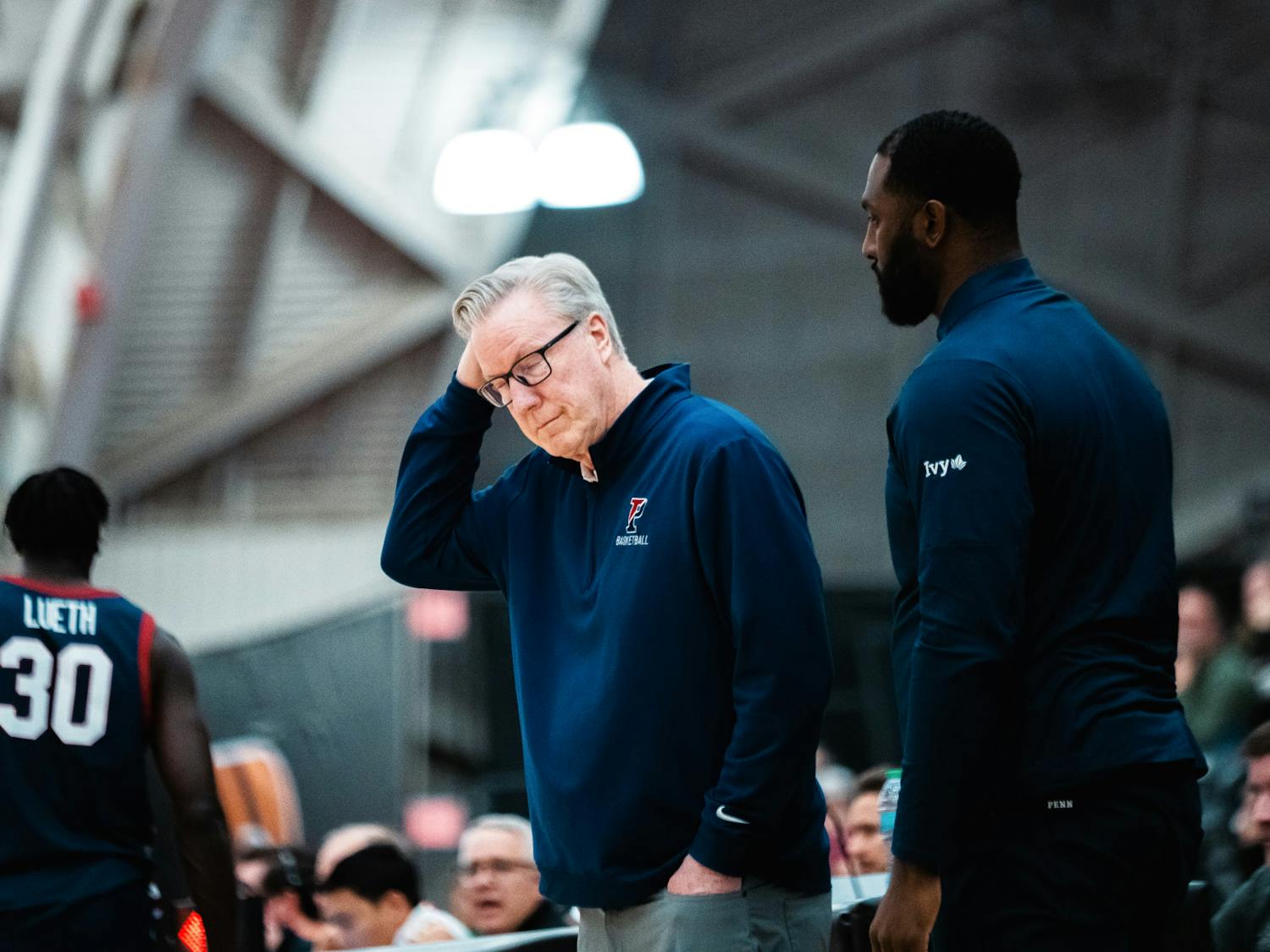After debating in town meetings since Aug. 27, the Commission on Opportunity in Athletics met for the final time yesterday, finalizing the suggestions it will assert in its report on Title IX -- the 1972 law that mandates gender equity in state-funded educational endeavors. The Blue Ribbon Panel will not propose any radical changes in the report that it will submit to Secretary of Education Roderick Paige on Feb. 28, but the proposals show a trend toward finding new ways to evaluate gender equity in athletics. Overall, however, members of the panel and outside interest groups alike have expressed that the meetings have been positive because they have forced discussions about the law. "I think the long process and how we debated illustrated how complicated this law is and how it can't be written in simple terms," Commissioner Donna de Varona said. De Varona was the original president of the Women's Sports Foundation and broke 18 world-record and world-best times during her swimming career. Perhaps the most contentious aspect of Title IX is the first prong of the "three prong test," the three ways that a school can be in compliance with the gender equity law, first established under the 1979 statute of the law and then explained in a 1996 Letter of Clarification. During the Washington meeting, Commissioner Graham Spanier, president of Penn State University, proposed to abolish the proportionality clause -- the aforementioned first prong -- of Title IX. The proposal was defeated by an 11-4 vote. The proportionality clause has been relevant recently because of the lawsuit filed by the National Wrestling Coaches Association and various other coaches associations. They sued the Department of Education, claiming that among other things, the proportionality clause of Title IX is illegal. The NWCA emphasizes, however, that it agrees with the original purposes of the law, but that proportionality is a quota system and therefore illegal. "What we have basically is proportionality as a a standard, which is in violation of Title IX itself," Penn wrestling coach Roger Reina, a former president of the NWCA. "And in researching the original language of law, the writers saw the potential problem that has come today." Reina referred to Section 9b of the 1972 law which states, "Nothing contained in... this section shall be interpreted to require any educational institution to grant preferential or disparate treatment to the members of one sex on account of an imbalance which may exist with respect to the total number or percentage of persons of that sex participating in or receiving the benefits of any federally supported program or activity, in comparison with the total number or percentage of persons of that sex in any community." To the NWCA and other members who filed the lawsuit, this means proportionality is illegal by the very language of Title IX. However, De Varona disagreed with Reina, claiming that proportionality was in the original intent of the law. She additionally pointed to the other two prongs -- which state that schools can prove interest on campus or prove that they have a history of providing opportunities to the underrepresented sex. The commission was "very important because the more that we studied the law, we realized that we can't eliminate [proportionality]," De Varona said. "Some people did some very good thinking as to how to be fair to student-athletes. When that guideline was written, there were more male athletes than students on campus, and women said that the law was fine. "If that's the standard, the commission was very clear with how schools are to comply." Yesterday, the commission split the vote, 7-7, on whether a school can fulfill "prong one" by allotting 50 percent of its participation opportunities for men and 50 percent for women. Schools could be afforded a variance of 2 to 3 percent in order to be considered compliant. Though the suggestion will enter the report, it will do so with a note, expressing that it was not approved. "What a tie does is that it says, 'don't do that either,'" current NWCA President Michael Moyer said. "It gives the Department of Education some wiggle room because we would like to see a move away from [proportionality]." The commissioners will have an opportunity to see the wording of the final proposal before it is submitted to Secretary Paige, but no one is sure what will result when the Bush administration takes control of the document.
The Daily Pennsylvanian is an independent, student-run newspaper. Please consider making a donation to support the coverage that shapes the University. Your generosity ensures a future of strong journalism at Penn.
Donate







